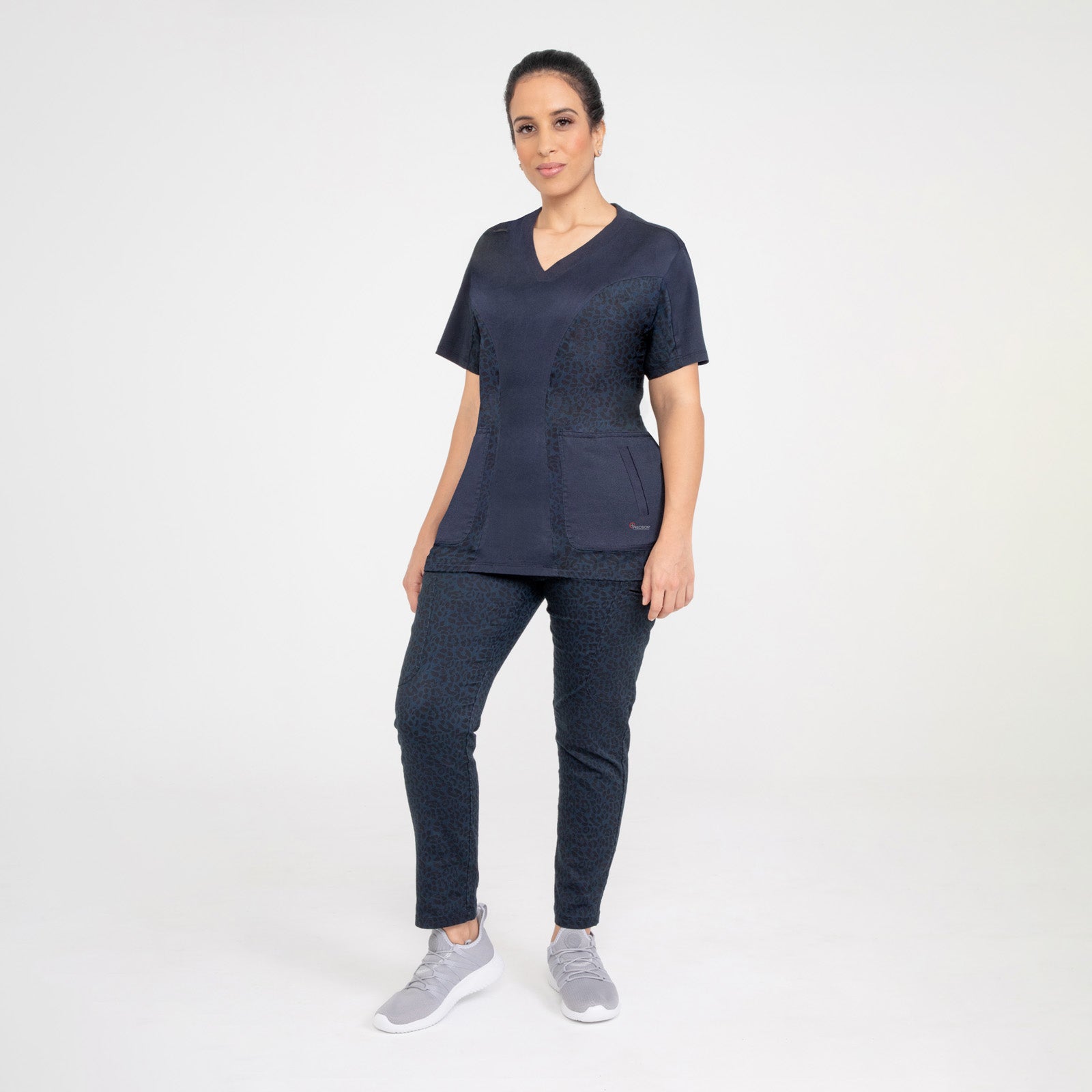Why Copper Can Protect Humanity from Covid-19 and Hospital-Acquired Infections
It’s been three years since Covid-19 emerged, and if we’ve learned anything, it’s that governments, the medical community and other institutions need to be more prepared for the next worldwide health crisis. It’s an eventuality, and when it happens, more solutions need to be in place to help control its spread. Covid-19 has claimed more than 6.7 million lives worldwide, according to the World Health Organization, and to avoid something similarly catastrophic, mitigation efforts must be proactive, not reactive. We need to think about the next pandemic and how to address it.
Covid-19 isn’t the only deadly pathogen currently circulating and threatening lives. According to the Centers for Disease Control (CDC), a growing number of infections, known as healthcare-associated infections and hospital-acquired infections, are being contracted at the same hospitals and medical facilities where patients receive care. These include bloodstream infections, urinary tract infections, surgical site infections and ventilator-associated pneumonia. Hospitals are seeing more strains of antibiotic-resistant germs, deadly bacteria and viruses, which can attach themselves to medical scrubs and infect patients. The CDC considers these infections "an important threat to patient safety.”
It's a daunting problem, but it can be addressed with the right tools. One tool at humanity’s disposal is copper (Cu). According to many medical studies conducted since 2020, this common mineral may protect patients and frontline medical workers from contagious viruses and hospital-acquired infections.
Copper and its therapeutic attributes have been known for thousands of years. According to Biometals, its “antimicrobial properties were first recorded in medical texts from Egypt between 2200 and 2600 BC, where copper was used for water sterilization and treatment of wounds.” According to an article in the December 2020 issue of Medical Hypotheses, ‘[copper] is involved in the functions of T helper cells, B cells, neutrophils, natural killer cells and macrophages. These cells are involved in the killing of infectious microbes, cell-mediated immunity and production of specific antibodies.”
Numerous medical studies bear this out. On March 17, 2020, a team of American scientists wrote in the New England Journal of Medicine about how the virus responded to various surfaces, such as plastic, stainless steel, cardboard and copper. While it remained stable for over 72 hours on plastic and stainless steel and 24 hours on cardboard, "no viable SARS-CoV-2 was measured after 4 hours" of exposure to copper. A December 2020 study in the Journal of Hospital Infection said that copper might also be an asset in fighting healthcare-acquired infections. It found that “copper-treated hard surfaces and/or bed linens and clothes reduced HAIs by 27%... if treatment of commonly touched surfaces in hospital rooms with copper/copper alloys could reduce HAIs, the impact could be substantial in both health and economic terms.”
While many experts say it's too early to declare copper an all-purpose infection fighter, enough evidence suggests that it deserves a much closer look. If the scientific findings suggest that copper should be more widely used to fight disease, it’s worth it for the medical community to consider incorporating it into its facilities and employee uniforms.
If the medical community does not look for ways to incorporate copper, the results could be catastrophic. Many may believe that the Covid-19 pandemic is over, but in reality, it’s still claiming nearly 4,000 lives a week, according to the CDC, and it continues to mutate, spike and prey on the public. According to the most recent headlines, it continues to kill people by the thousands, even today.
Choosing not to use copper would also mean turning a blind eye to the evidence about such conditions as methicillin-resistant Staphylococcus aureus (MRSA). This infection is frequently acquired at healthcare facilities. Furthermore, in 2020, when Covid-19 hit American shores, hospital-acquired infections increased significantly after being on the decline for the previous five years. Without effective mitigation measures, this domino effect will likely continue.
Further research into the therapeutic properties of copper is ongoing. Still, there is enough evidence to suggest that incorporating it into hard surfaces, bed linens and clothes would be a good practice for hospitals and other healthcare facilities to adopt. In the meantime, as the study of copper’s effectiveness continues, hospital and other healthcare facility workers should continue to implement the same best practices that the CDC has recommended since the early days of the Covid-19 pandemic, which include washing hands, wearing masks, maintaining indoor ventilation and social distancing when possible.
The scientific findings thus far show that copper may be a valuable resource in mitigating infection and transmission of Covid-19 and hospital-acquired infections. While this virus mutates and others loom on the horizon, frontline medical workers, doctors and patients must have the best tools to protect themselves. Copper-infused surfaces and clothing at medical facilities can be one of the most valuable tools available to humanity as we try to avoid the next medical crisis, whatever that might be.







